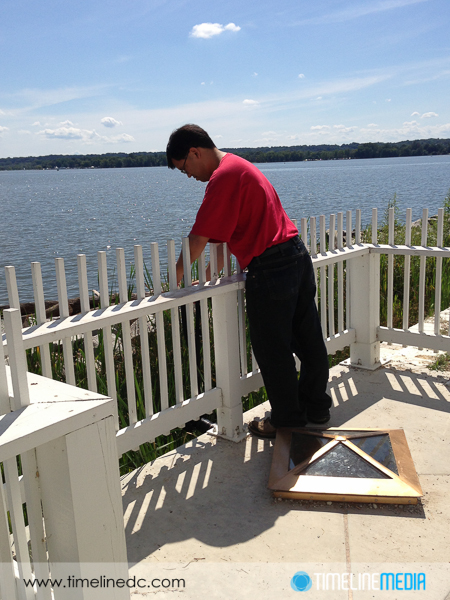
Thankfully the recent partial shutdown of the federal government is over. There were so many affected by this both inside and outside Washington. When focusing on what services were affected most outside of the capital city, many media outlets pointed to National Parks. The rangers and other staff that supports the functions in these areas were forced to keep the gates closed. With everything reopened, there were lines of cars this weekend waiting to enter the parks again! We took advantage of the beautiful weather to see if any of the fall colors had started to come to the trees in the Appalachian Mountains of western Virginia.
Mountain Views
Starting from the gate in Front Royal, VA, we drove through the very northern part of Skyline Drive. The rangers at the station had a long line of cars to go through, but they were very happy to see all the visitors. Although we did not go more than 10 miles from this gate, there is plenty for you to see along the way. There are numerous overlooks into the valleys below with the meandering Shenandoah River carvings its way through the mountains. It’s highly reflective waters are easy to spot from high.
At one of the overlooks, there were para gliders that seem to hang over the road! They took a glide over the people stopping at overlooks, and waved to everyone as they slowly moved overhead. More than a few kids were asking mom and dad for a chance to join them.
Although the fall colors were not at their peak, there were already many golden leaves on the trees. Some of the overhang in areas were bathing the forest floor in beautiful light. As the sun was setting, their colors were accentuated, and I wished that we could have stayed until sunset. Peak this season should be beautiful for anyone making the trek through the mountains this year.
TimeLine Media – www.timelinedc.com
703-864-8208












